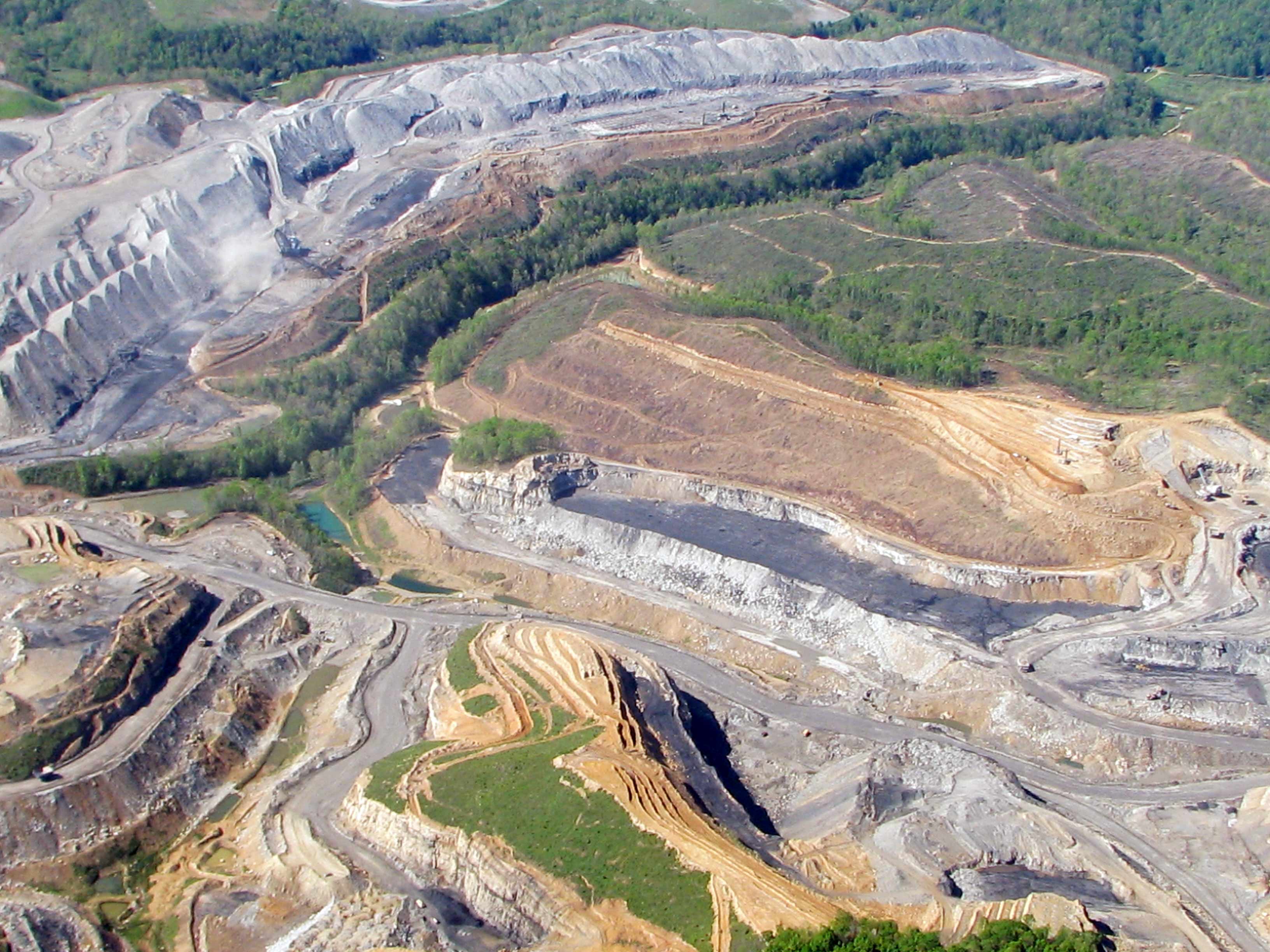We already know that the coal industry creates a huge amount of air and water pollution, and now new research is demonstrating once again that coal mining companies are leaving behind huge toxic messes that make economic development challenging for nearby communities. But some new clean energy projects are offering an inspiring example of one pathway to build a more sustainable economy in coal communities.
Climate Home News recently asked the question: As the US coal industry winds down, does it have enough money set aside to clean up the vast pits, walls and broken mountains left behind? Their investigation into mines nationwide found that “the answer is no. Particularly in Appalachia, the land, water and health of mining communities have been put at risk by a critically underfunded system supposed to clean up after mines close.”
As a West Virginian, I’ve seen first-hand how coal mines can drastically affect nearby towns during operation and after they’re closed. Community members are often left coping with toxins leaching into their waterways and with landscapes that were once home to amazing biodiversity now left as a scarred place where nothing but scrub grows. Local organizations are doing inspiring, much-needed restoration work on these sites, but their work is harder than it needs to be, because in most places, the coal industry simply isn’t setting aside the necessary resources to do the job right.
While this lack of care and foresight from the coal industry is infuriating, I’m also inspired by several recent stories about reclaiming old coal sites as clean energy facilities. In Washington State, the massive former TransAlta coal mine will soon be home to solar power:
The plan, if approved, would be the largest solar project in Washington, entailing 300 jobs during construction and creating four permanent solar technician jobs. It’s expected to generate 180 megawatts of electricity, a figure that could change as plans adapt.
“The location is good because it’s close to transmission lines,” TransAlta lead developer Ryan Schmidt told locals in attendance at the presentation at Centralia College. “We know exactly what’s in the ground, because we put it there when we reclaimed the site.”
A similar solar project was recently announced in an Illinois coal community, spurred in part by the 2017 Illinois Future Energy Jobs Act, and another solar project has been proposed on former mine lands near Pikeville, Kentucky. For sites that cannot be restored to what they once were, clean energy offers a pathway to make the land useful, create jobs, and help support the local economy. More plans and projects like these, please!
Ultimately, our entire nation owes a debt to the coal communities that sacrificed to power our country for generations, and there’s a plan on the table that would make a lot more projects like this possible. The RECLAIM Act is a powerful step toward revitalizing communities hit hardest by the coal industry’s downturn. The bill commits $1 billion that is currently sitting in the federal Abandoned Mine Lands Fund to projects that clean up abandoned coal mines, and waters polluted by them, and that lay a foundation for future economic development and diversification in coal communities. It also prioritizes public input and community participation on which projects are chosen and how they are run.
What’s more - it has bipartisan support! Members of both parties have worked to strengthen RECLAIM since its introduction in March 2017.
We must do right by the coal communities across the nation that have shouldered such a burden for the rest of our country and have been left holding the bag by the coal industry. By providing resources that support locally-driven innovation, we can honor the sacrifice made by these communities by helping to build a twenty-first century economy that can sustain the generations.
